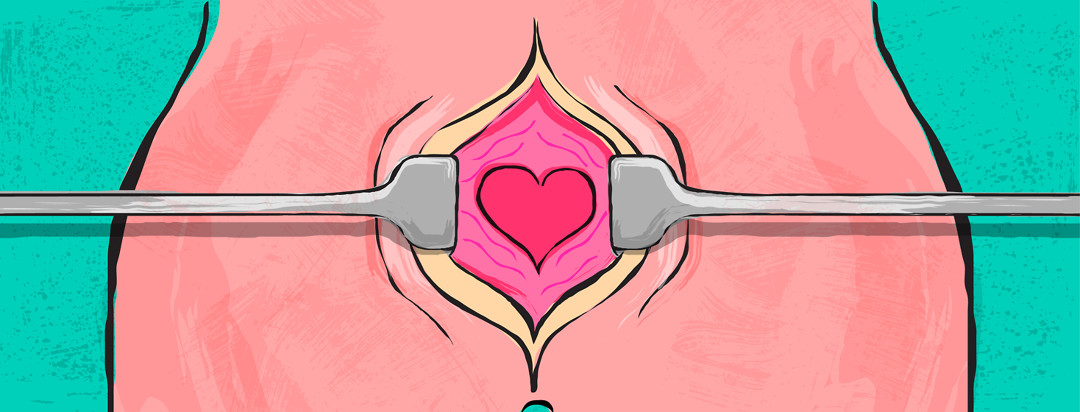STUDY: Surgical Anesthesia Reduces Post-Op Pain after Excision of Endometriosis
The only way to truly diagnose and eliminate endometriosis is through surgery. And while many women feel better after the endo is removed, recovery from the procedure itself can be tough. I know it was for me.
But there may be hope for future patients, according to a study published earlier this year in the British Journal of Obstetrics and Gynaecology.1
Researchers found that two surgical anesthesia methods may help you return to normal with less aching. Both laparoscopically-guided transverses abdominis plane block (LTAP) and port-site local anesthetic infiltration (LAI) reduced post-surgery pain after laparoscopic excision of endometriosis.1
But before I get into the results of the study, let me explain some terminology first.
What is a TAP?
A transverses abdominis plane block involves a shot of anesthetic into a "plane" between the muscles in your abdominal wall. This can numb some of the nerves that send pain signals back to your brain. TAPs are used as a way to help decrease post-op pain. They are administered in other procedures like hysterectomies and cesarean sections.2
What is port-site local anesthetic infiltration (LAI)?
This is a shot of local anesthesia into the incision.3 The goal is the same as a TAP: reduce your post-surgery soreness.
How was this study done?
Researchers randomly divided 70 endometriosis patients into three groups. Participants either received the LAI with bupivacaine (an anesthetic) and placebo LTAP; placebo LAI and LTAP with bupivacaine; or placebo LAI and placebo LTAP. Since it was a double-blind study, neither the patients nor the surgeons knew who received which treatment.
What were the results?
Compared to placebo (which means no medicine), patients who received LTAP and LAI had "significantly less pain" when they were checked 2-4, 6-8, and 10-12 hours after surgery. There wasn't a statistically significant difference between the LTAP and LAI groups in pain reduction.
According to Contemporary OB/GYN, the study also found that people in the LTAP and LAI groups used less diclofenac (a non-steroidal anti-inflammatory) than the placebo group in the first day after surgery. Compared to people in the LAI group and placebo, patients in the LTAP group used less morphine overall.4
What does it mean?
The study was small, so it's hard to generalize the results across a broad population. But the findings are promising. And whether it's before, during, or after surgery, I'm excited to see doctors searching for ways to reduce any pain surrounding the treatment of endometriosis.

Join the conversation